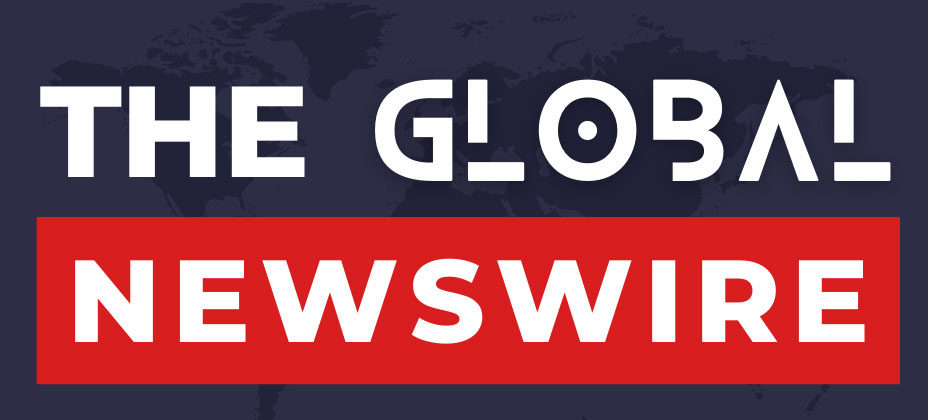India has become the world’s third-largest domestic aviation market after the U.S. and China. According to data compiled by aviation analytics firm Official Airline Guide (OAG), India is now third in the aviation market after airlines such as IndiGo and Air India have expanded their fleet size to cater to the surge in air passengers.
The data show India’s domestic airline capacity doubled in the last 10 years from 7.9 million seats in April 2014 to 15.5 million in April 2024. India has replaced Brazil, which now stands at the fourth place with 9.7 million airline seats followed by Indonesia in fifth rank with 9.2 million.
India has also posted the highest annual average capacity growth rate of 6.9 per cent over the last decade among the top five countries, followed by China at 6.3 per cent and the US at 2.4 per cent.
IndiGo and Air India, which together have more than 1,000 planes on order, account for 9 of 10 domestic seats in the country. According to OAG, India’s transition to low-cost carriers (LCCs) has been the sharpest among the top five.
In April 2024, LCCs accounted for 78.4 per cent of Indian domestic capacity, followed by Indonesia at 68.4 per cent, Brazil at 62.4 per cent, the US at 36.7 per cent, and China at 13.2 per cent.
